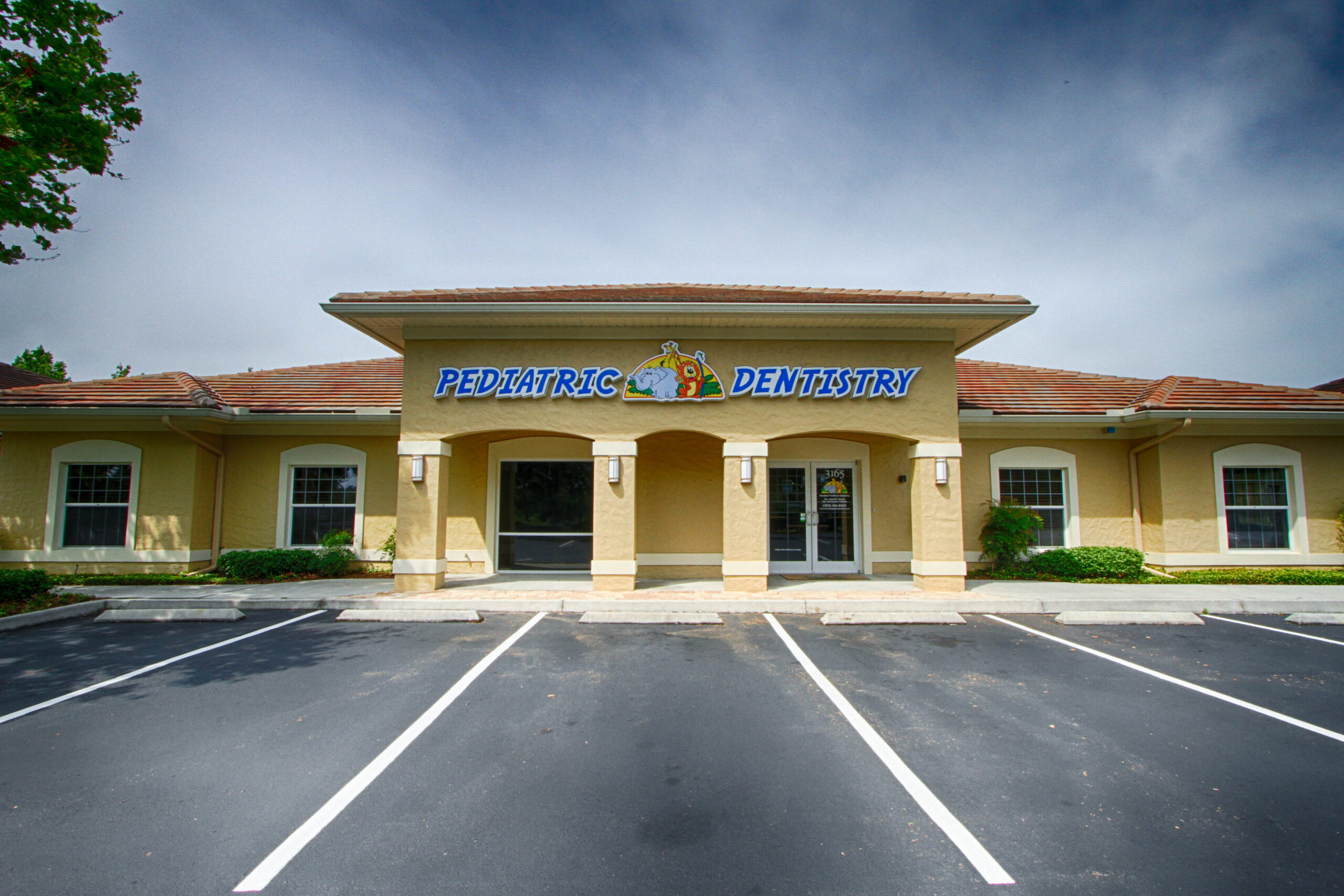Option 1: Traditional dental appointments with no sedation
Option 2: Conscious sedation appointments
Option 3: IV sedation appointment
Option 1: Traditional Dental Appointments With No Sedation
Without sedation, our doctors can only treat one quarter of the mouth at a time, which means treatment may need to be done in multiple appointments.
This may not be an option for a very young child who is not able to lie still. The use of a papoose stabilization board may be required to ensure the safety of the child throughout the procedure. Nitrous oxide analgesia (laughing gas) may be used to help the child relax. The child will also have a local anesthetic delivered to the area being treated. The child will have to be watched closely for 4 to 5 hours following the procedure to be sure he/she does not chew his/her lip, tongue, or cheek.
Pros:
Least expensive method.Parents are able to spread out the appointments to fit their budget or to maximize insurance benefits.
Cons:
Multiple appointments, children tend to get “dental fatigue” by the third appointment.Patient has memory of all of the treatment.Patient is numb and will need to be watched closely following procedures.
Option 2: Conscious Sedation Appointments
This can reduce the number of the appointments needed, most of the time in half. Conscious sedation involves giving the child a medication by mouth as a drink or in the nose as a spray before the procedure. It can have an amnesia effect, but the child is awake throughout the procedure. The child will also have a local anesthetic delivered to the area being treated. The child will have to be watched closely for 4 to 5 hours following the procedure to be sure they do not chew their lip, tongue, or cheek.
Pros:
Can have an amnesia effect, child may have little to no memory of the procedure.Lessens the number of appointments required to complete treatment.
Cons:
Children can still be combative and may yell for treatment.
Is generally more expensive than option 1 and most insurance will not cover sedation.Patient is numb and will need to be watched closely following procedures.
Option 3: IV Sedation Appointment
All treatment can be completed in one IV sedation visit. There is generally no local anesthesia required, so there is no concern regarding the child chewing his/her lip or cheek following the appointment. We are able to take any necessary x-rays if we have been unable to get them in the past due to age or cooperation. These x-rays allow us to create a more accurate treatment plan.
All treatment is completed in one visit. The child is given medication while sitting on his/her parent’s lap, and once it takes effect, the child is moved to the dental operatory. After treatment is completed, the child wakes up with a parent in the room. The child has no memory of the treatment.
Pros:
All treatment is completed in one visit.Children will have no memory of the treatment.X-rays previously not taken due to cooperation can be obtained.
Cons:
Most expensive option and the sedation portion may not be covered by insurance.If x-rays are not obtained prior to the sedation appointment, the full extent of the decay may not be known. Once x-rays are taken and new decay is found, it needs to be treated at the sedation appointment. This may result in greater costs at the treatment visit than previously planned.
Dental insurance may not cover all procedures completed in this visit, depending on your maximum benefits per calendar year.

